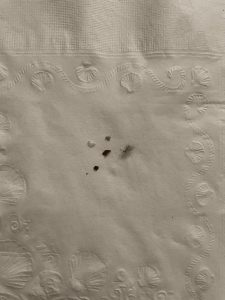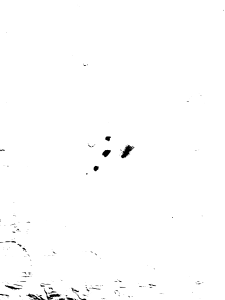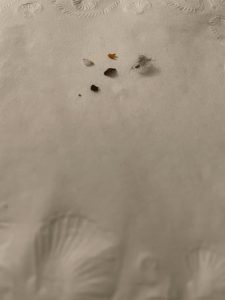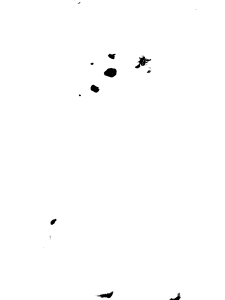This week I worked primarily on actually implementing the software component of our dirt detection. We had ordered the hardware in the previous week, but since we designed our workflow to be streamlined in a parallel sense, I was able to get started with developing a computer vision algorithm for our dirt detection even though Harshul was still working with the Jetson. Initially, I had thought that I would be using one of Apple’s native machine learning models to solve this detection problem, and I had planned on testing multiple different models (as mentioned in last week’s status report) against a number of toy inputs. However, I had overlooked the hardware that we were using to solve this specific problem—the camera that we would be using was one that we bought which was meant to be compatible with the Jetson. As such, I ended up opting for a different particle detection algorithm. The algorithm that I used was written in Python, and I drew a lot of inspiration from a particle detection algorithm I found online. I have been working with the NumPy and OpenCV packages extensively, and so I was able to better tune the existing code to our use case. I tested the script on a couple of sample images of dirt and fuzz against a white napkin. Although this did not perfectly simulate the use case that we had described/have decided to go with, it was sufficient for determining whether this algorithm was a good enough fit. I ended up realizing that the algorithm could only be tuned so much with its existing parameters, and then experimented with a number of options to preprocess the image. I ended up tuning the contrast and the brightness of the input images and I found a general threshold that allowed for a low false negative rate which was still able to filter out a significant amount of noise. Here are the results that my algorithm produced:
Beyond the parameter tuning and the image preprocessing, I had tried numerous other algorithms for our dirt detection. I had run separate scripts and tried tuning methods for each of them. Most of them completely did not fit our use case, as they picked up far too much noise or were unable to terminate within a reasonable amount of time, indicating that the computational complexity was likely far too high to be compatible with our project.
I have also started working on the edge detection, although I have not finished as much as I would have liked at this current moment in time.
I am currently a little bit behind of schedule, as I have not entirely figured out a way to run an edge detection algorithm for our room mapping. This delay was in part due to our faulty Jetson, which Harshul has since replaced. I plan to work a little extra this week, and maybe put in some extra time over the upcoming break to make up for some of the action items I am missing.
Within the next week, I hope to be able to get a large part of the edge detection working. My hope is that I will be able to run a small test application from either Harshul or Nathalie’s phones (or their iPads), as my phone does not have the hardware required to run test this module. I will have to find some extra time when we are all available to sync on this topic.




